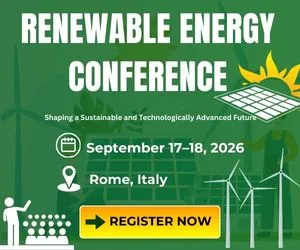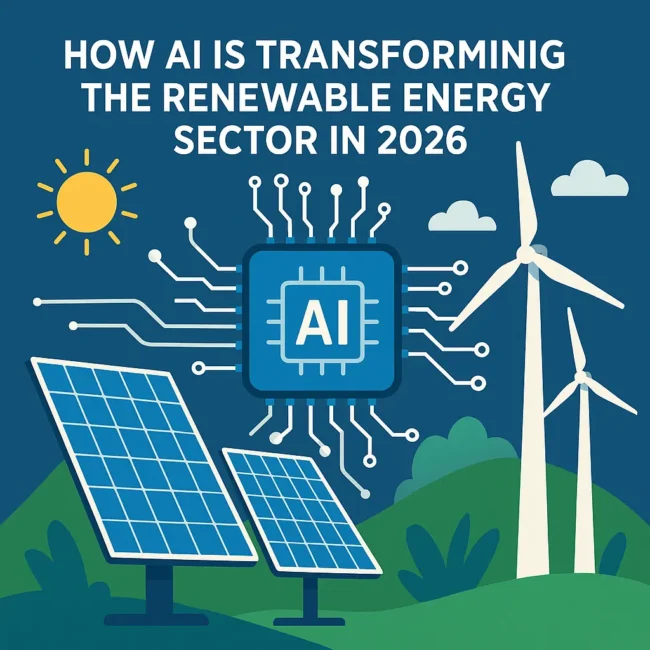As the world races toward net-zero emissions, Artificial Intelligence (AI) has emerged as a powerful ally in accelerating the renewable energy transition. In 2026, AI-driven technologies are playing a critical role in optimizing energy production, reducing costs, improving grid efficiency, and integrating diverse energy sources. This article explores the top ways AI is reshaping the renewable energy landscape.
1. AI for Real-Time Energy Forecasting
Accurate forecasting is essential for managing intermittent sources like solar and wind. In 2026, AI models use satellite data, weather sensors, and historical trends to provide real-time energy output predictions. This enables grid operators to balance supply and demand more efficiently, minimizing curtailments and blackouts.
Example: AI-enhanced platforms predict solar irradiance and wind speeds with over 95% accuracy.
2. Smart Grids and AI-Driven Energy Distribution
AI is the backbone of smart grid systems. In 2026, machine learning algorithms help monitor grid health, detect outages, and automate energy flow between producers and consumers.
Load balancing is optimized through AI.
Demand response systems adjust consumption patterns in real time.
Grid resilience is improved by predictive analytics.
3. Predictive Maintenance of Renewable Assets
Downtime of wind turbines, solar panels, or hydroelectric systems can be costly. AI uses sensors and image recognition to detect anomalies early—reducing maintenance costs by up to 40%.
🔧 Predictive maintenance powered by AI prevents failures before they occur, extending the life of renewable energy infrastructure.
4. AI in Energy Storage Optimization
Energy storage systems (ESS), especially lithium-ion and flow batteries, are now integrated with AI-based control systems. These systems:
Predict peak demand hours
Optimize charge/discharge cycles
Maximize battery lifespan and efficiency
This is vital for integrating variable renewables into the grid without interruptions.
5. AI and Decentralized Energy Systems
In 2026, AI-enabled peer-to-peer energy trading is gaining popularity. Homeowners with solar panels can sell excess power using blockchain and AI platforms that automate pricing and transactions.
This decentralization enhances energy access in rural and off-grid areas using microgrids and community-owned renewables.
6. AI for Policy and Carbon Reduction Modeling
Governments and organizations use AI to simulate carbon emission scenarios, assess policy impacts, and optimize renewable energy subsidies. AI helps shape smart climate action plans tailored to local conditions and goals.
📊 Use case: AI models are used in 2026 to simulate the energy outcomes of Europe’s updated Fit-for-55 package.
7. AI in Renewable Energy Investment Decisions
Venture capitalists and public agencies now rely on AI to analyze project feasibility, ROI predictions, and environmental impact. This ensures smarter investments and faster project approvals in the renewable energy sector.
Final Thoughts
In 2026, AI is no longer just a futuristic concept—it is a fundamental part of the renewable energy value chain. From forecasting and smart grids to storage and sustainability modeling, AI is driving efficiency, resilience, and innovation.
The synergy of AI and renewable energy is helping the world move closer to its climate goals while making clean energy more reliable and affordable.
Frequently Asked Questions (FAQ)
Q1: Can AI reduce renewable energy costs?
Yes, by optimizing operations and maintenance, AI can significantly lower operational costs.
Q2: Is AI used in solar farms?
Absolutely. AI analyzes solar panel performance, forecasts irradiance, and controls energy output in real time.
Q3: What are some AI companies in renewable energy?
Companies like AutoGrid, Siemens, and Uptake are integrating AI into energy management solutions.



COMMENTS